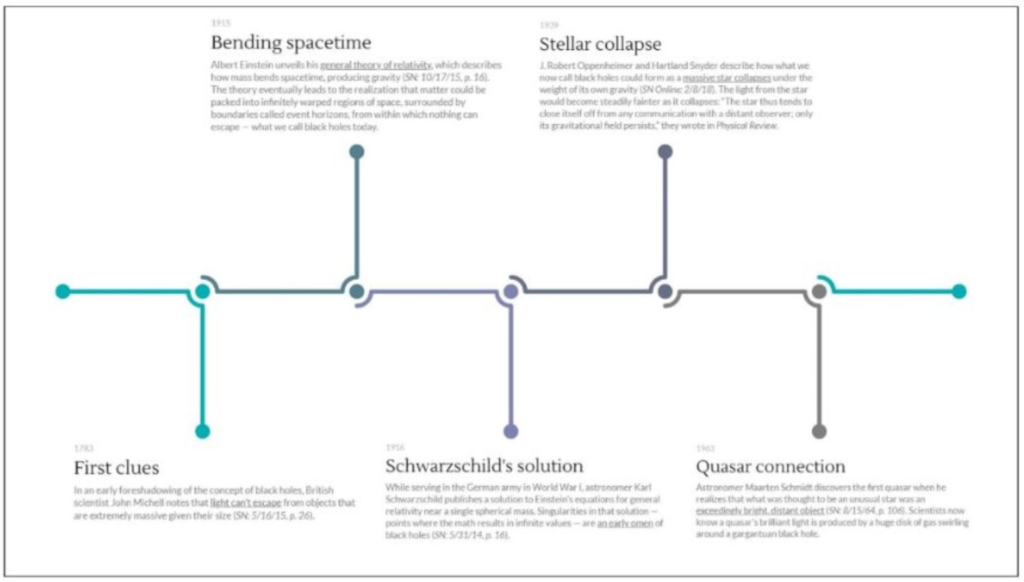For journalists, the most time-consuming part of writing an article is finding information. Gathering context, looking up numbers, and verifying facts can take hours—pulling them away from in-depth analysis, interviews, and uncovering new stories.
As a result, newsrooms may spend hundreds—if not thousands—of hours every month on these tasks.
With the rise of AI, many journalists now turn to large language models for support. However, most LLMs lack up-to-date knowledge and can’t reliably assess the quality of their sources. While useful for suggestions on style or grammar, they pose risks when used to verify facts or generate editorial content.
Fortunately, there’s a solution that makes an LLM behave the way journalists need it to. It’s called RAG and it powers the kind of intelligent research tool every newsroom can benefit from.
What is RAG?
- RAG stands for retrieval-augmented generation.
- It’s a system that combines a large language model with a curated database of information. When a user asks a question, RAG first retrieves relevant content from the database, then the LLM generates an answer based on that information.
- For example, RAG can work with your own archive—searching only through trusted, high-quality content that you’ve published.
- This means the LLM focuses on reading, summarizing, and reasoning, while RAG ensures factual accuracy by restricting the source material.
- The system can produce anything from a simple answer to an in-depth report with source links—or even content formatted as a social media post.
- It also significantly reduces hallucinations (i.e., AI-generated inaccuracies), since the model doesn’t pull from poor-quality or irrelevant sources when it lacks reliable information.
Tip: A RAG-based tool could even generate a fact box like this—automatically, using your archive.
How It Works in Practice
RAG enables journalists to search their entire article archive, find everything previously written on a topic, and turn it into exactly the kind of support they need. Jirka Hana, co-founder of Geneea, explains:
“Imagine a journalist covering a new development in a long-running story—like a political scandal, armed conflict, or controversial construction project. It requires extensive background research, and that’s where a RAG-based system can help.
When did it first make the news? Our AI finds that in a five-year-old article. What’s it about? It pulls that from last year’s in-depth analysis. The main stakeholder’s position? Found in an interview. All of this can be summarized—or inserted directly into the article as a fact box or timeline.”
Jirka shared our experiences with the development of RAG systems at last year’s CUE Days in Berlin and moderated a panel on the topic at WAN-IFRA’s Data Science Day.

More Use Cases for RAG in Newsrooms
RAG isn’t just for research—it can power a wide range of editorial tools:
- automatically suggesting related articles
- assisting with the verification of external sources (e.g., press releases)
- creating and updating keyword landing pages, including auto-written descriptions
Interested in RAG for Your Newsroom?
Whether you’re curious about integrating our RAG into your editorial workflow or want to explore a fully custom solution, we’re here to help.
Get in touch—and together, we’ll design the right AI-powered support for your team.

